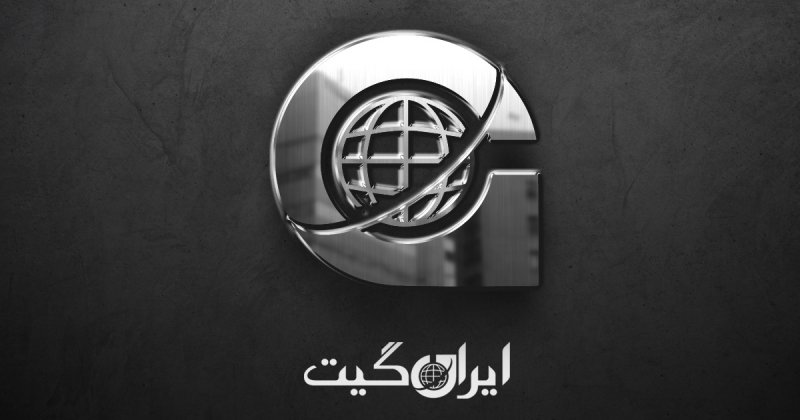What do we know about the important and strategic Khatam headquarters?
What do we know about the important and strategic Khatam headquarters?
Among the senior military commanders of Iran following the Israeli attack, Gholam Ali Rashid held one of the most sensitive military positions within the structure of the Islamic Republic.
Although he was the commander of the central Khatam al-Anbiya headquarters and one of the few major generals of the Islamic Republic of Iran, he was less famous than his other colleagues who were killed in the Israeli attack on Friday morning.
Major General Gholam Ali Rashid, who received the honorary rank of Lieutenant General after his assassination, was one of the most trusted military commanders of Iran by Ayatollah Ali Khamenei, to the extent that the command of the central Khatam al-Anbiya headquarters, which was under the direct control of Mr. Khamenei until 2016, was entrusted to him. Mr. Rashid reached the command of this headquarters while he had been the deputy commander, that is, Ayatollah Khamenei, for years. He was one of the main commanders of the Revolutionary Guards during the Iran-Iraq war and after the war, he served for 17 years as the deputy chief of the General Staff of the Armed Forces under Hassan Firouzabadi.
The central Khatam al-Anbiya headquarters, which is different from the Khatam al-Anbiya reconstruction headquarters and the Khatam al-Anbiya defense headquarters, was engaged in war and the most important military operations and was directly supervised by Akbar Hashemi Rafsanjani, the supreme commander of the war at that time and the successor of Ayatollah Khomeini in the command of the armed forces during the last year of the war. Mohsen Rezaee, the commander of the Revolutionary Guards during the war, writes in his memoirs about the year this headquarters was established: In the winter of 1983, Imam Khomeini appointed Mr. Hashemi Rafsanjani as the commander of the war.
Hashemi was present at the Karbala headquarters at this time, and from this year, the Karbala headquarters was transformed into the Khatam al-Anbiya headquarters.
The joint Karbala headquarters had been established about a year prior to coordinate between the army and the Revolutionary Guards for military operations. Hossein Alaei, the former commander of the Noah headquarters and the first commander of the Revolutionary Guards’ navy, says that in late December 1983, the Khatam al-Anbiya headquarters was established in Tehran as the superior staff of the army and the Revolutionary Guards to coordinate between the armed forces. The decision to form a headquarters that could design and execute war operations and coordinate its combat forces, including the Revolutionary Guards, the army, and the Basij, for participation in operations was made because the differences between the army and the Revolutionary Guards escalated during the war.
The first operation conducted under the supervision of the Khatam al-Anbiya headquarters was the Kheibar operation, which began in March 1984. This headquarters took responsibility for coordinating between the operational Najaf headquarters, which commanded all operational forces of the Revolutionary Guards, and the operational Karbala headquarters, under which all army forces operated, and assumed the high command of both headquarters.
However, a complete separation between the combat forces of the army and the Revolutionary Guards in an operation only occurred during the Kheibar operation, and the role of the Khatam headquarters changed in subsequent operations. Almost all of Iran’s major operations during the war with Iraq, especially in the last three years, were designed under the supervision of the Khatam headquarters, which was executed with command over the main Revolutionary Guards headquarters like Karbala, Najaf, Noah, and Quds, and subsidiary headquarters like Hadid, Nasr, Fath, and Badr, and in some cases in collaboration with infantry and armored divisions of the army.
This headquarters took command of all combat and combat support units of the armed forces, including the Revolutionary Guards, the army, the Gendarmerie, the Revolutionary Committees, and the Jihad of Construction, with subordinate headquarters like Najaf, Noah, and Karbala acting as its operational corps. However, this headquarters, which was supposed to resolve the differences between the army and the Revolutionary Guards, did not completely succeed in this regard, and the disagreement between these two military institutions escalated to the point that it ultimately led to the formation of the General Command of the Armed Forces in 1988, which was renamed the General Staff of the Armed Forces in 1991.
A few months after the death of Ayatollah Khomeini and the transfer of the command of the armed forces to Ayatollah Khamenei in 1989, Mr. Hashemi Rafsanjani resigned from the deputy command of the armed forces, and with the acceptance of his resignation by the leader of Iran, the command of the Khatam headquarters effectively came under the personal control of Ayatollah Khamenei, which continued until Mr. Rashid’s appointment in 2016. A major part of the wartime activities of the Khatam headquarters was transferred to the General Staff of the Armed Forces after the war, and many of its deputies, including Mohammad Bagheri, the former head of the General Staff who was the intelligence operations deputy of the headquarters, assumed the same position in the General Staff.
Since the decision to form such a headquarters was made to command operations during the war, the revival of this headquarters was aimed at assigning the military and operational section of the General Staff of the Armed Forces to this headquarters.
After the Israeli attack, it seems that Iran is on the brink of a war with its old enemy, and now more than ever, the name of this headquarters will be heard. However, it is still unclear to what extent the combat forces of the Revolutionary Guards and the army will operate under this headquarters if military operations are needed, and whether this headquarters can, in principle, act as an umbrella over several hundred thousand Iranian military forces as it did during the war or not.
